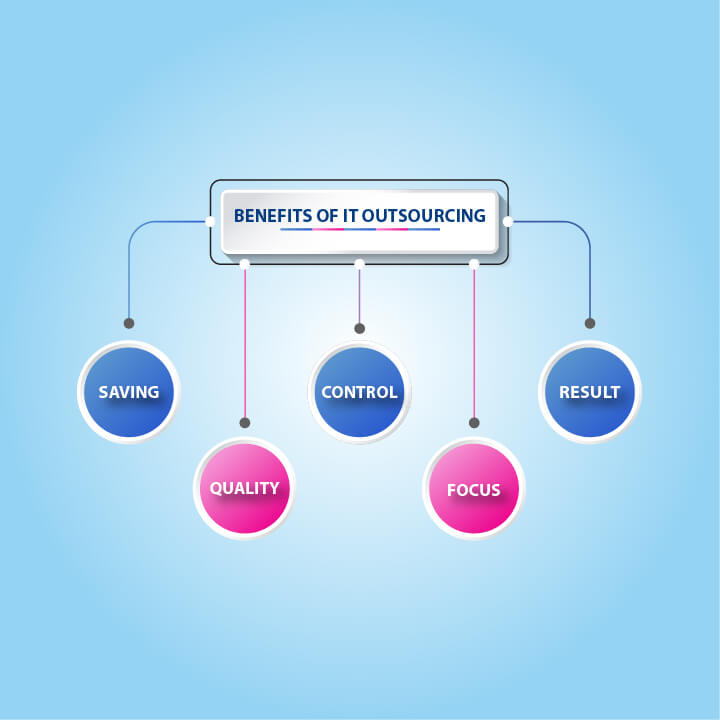Third-Party API Integration – All that Your Enterprise Needs to Know
Developing a product, users expect better, and so do you need to deliver the best. Competition has increased to the extent that it is no longer what you deliver but also when and what are you delivering. At the time of programming, every single feature not only consumes time but also delays the entire development process. To deal with this, developers seek an alternative.
Nowadays, software development is more about the seamless integration of existing technologies instead of hand-coding them. Third-party API integration in the development word is the new normal.
As the name suggests, third party integration revolves around the idea of integrating previously developed features within a software code to enhance the overall functionality of the same. Collaborating with third-party APIs speeds up the development process cutting down the time to market.
Further, the integration of third-party APIs enables developers to focus on more significant features and eliminate the need to develop every single piece of code. For startups or organizations with a budget as well as time constraints, such integration is the best solution to boost development without comprising on the product quality.
Third-Party Integration – All You Need to Know
At times developers aren’t adept in integrating all sorts of features or functionality within their developed product. In such a scenario, what they can do is opt for system APIs that are tailored to map a certain feature. From social media integration to one-click sign in, the payment gateway to Salesforce applications, third party APIs embeds with all.
Specifically, API integration is a deliberate process and needs to be thoughtfully implemented to make the most of the integration. If done right, one can successfully upgrade and enhance the value of the developed products and improve customer engagement.
Prerequisites of Integrating Third-Party APIs
Outline Business Requirements
Before walking on the journey of third-party API integration, developers should enlist the different business requirements that table down the need to integrate an API in the first place. Knowing the various aspects and the features to be embedded within the project give developers a sound idea on what kind of API needs to collaborate with the coded software.
Determine the Associated Risks
Embedding a piece of third-party code within yours would definitely lay an impact on the other features. It is suggested that when planning to add third party API, developers analyze the risk linked with the same. Having an idea gives them the ease to deal with the issues in a more planned and timely manner. For projects with a predetermined deadline, risk management is crucial, as in case you aren’t prepared, it might cost you massive amounts.
Plan on Integration
Planning and organizing the prerequisites before actually starting with the integration help developers follow a streamlined approach. Also, developers can assess and monitor their work siding faster time to market.
Once done, developers can now move ahead with the integration process.
Integrating Third-Party APIs
Now that you are aware of the prerequisites of the integration of a third party API within the software project let’s see how the process unfolds.
Find the API Documentation
The first thing to do is look out for the documentation of the API that has to be integrated within the software. Access to the API documentation gives the development team a better idea of the different aspects of the third-party software along with the features that have to be shared with the project software. This, in a way, enables optimization of the entire development phase, and developers can filter out which functions they want to use and how.
Get The Developer Key
One of the most important aspects, when we talk about API integration, is security and accountability. To adhere to the same, third party API vendors mandate developers to own a developers key. Only after a developer has this key, can he move ahead with the integration process. Every API has its own set of developer keys, and to get hold of the same, you can either connect with the vendor or scan their product page to generate the same.
Connect With The Software
To draft a connection between the developed software and the third-party app, the developer needs to link the app with the API. This is done by feeding the API key as the get parameter every time a request is made to access the feature. This embeds in the URL field and ready to be used.
Get Data Form API
After the URL is made, the page has to invoked or fetched as a result. All that a developer needs to do here is pass the URL generated above to a fetch function where the result is converted into the format that is compatible with the software to display the page. Developers can further wire the pagination buttons to make them work.
Definitely, all of this seems complicated, but you don’t have to worry much. In case you are looking to get your software developed or embed a third-party API in the existing ones, you can reach out to us. We, at Technosip, cater to the all-round requirements of our clients and promise to deliver the best in class solution. Developers at Technosip have hands-on experience in working with third-party API integration and are well aware of the complexities. Following a detailed approach, we work to enhance the efficiency of the product. Sticking to the industrial norms, we can help you outstand in the market through our range of API integration services.
Contact Us
We’d Love to Help You
Get in Touch
- Fill out a request form. Please brief your requirements in-detail. The more we know about your amazing idea, the better we will guide and assist you with project time and resources
- We’ll reach out to you on priority to discuss next steps in the meantime please check out our case studies and insights.
- We look forward to collaborating with you to bring your idea to the market sooner than the traditional route.
Related




